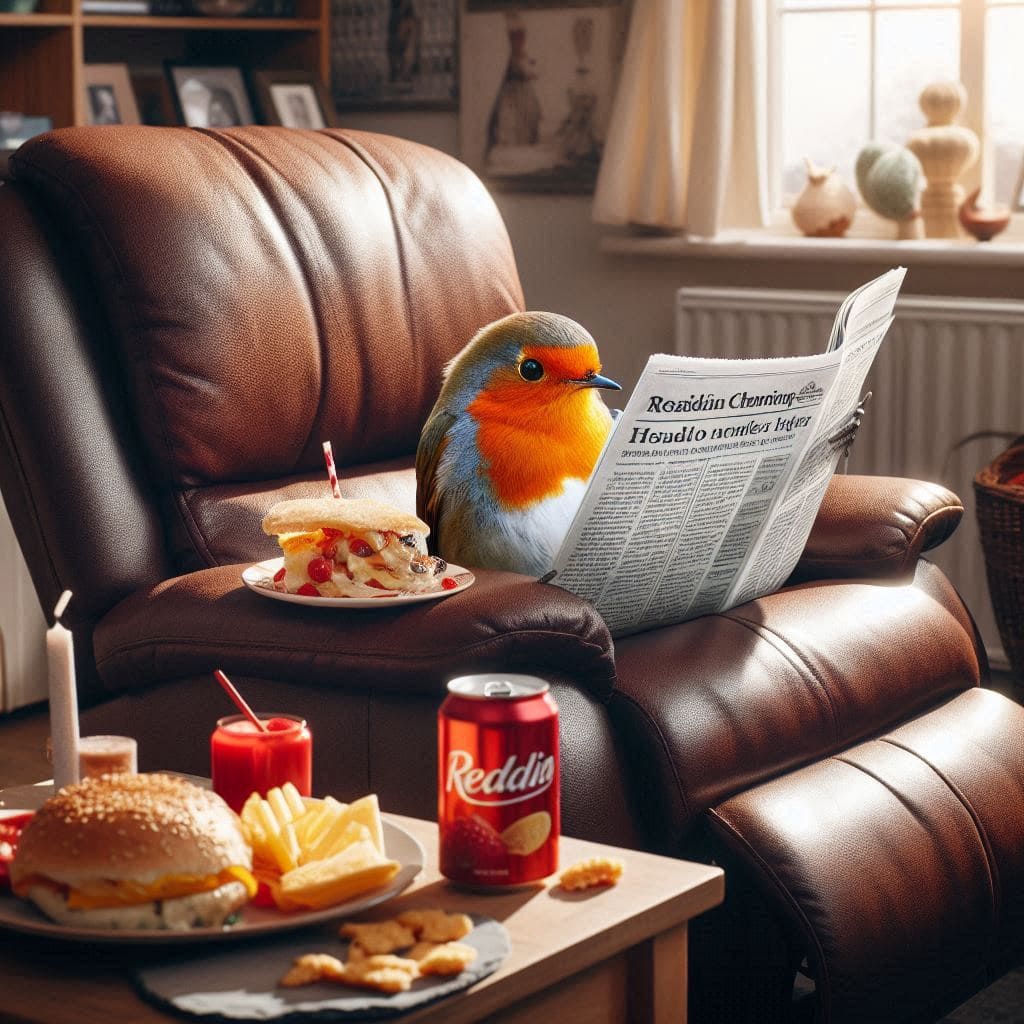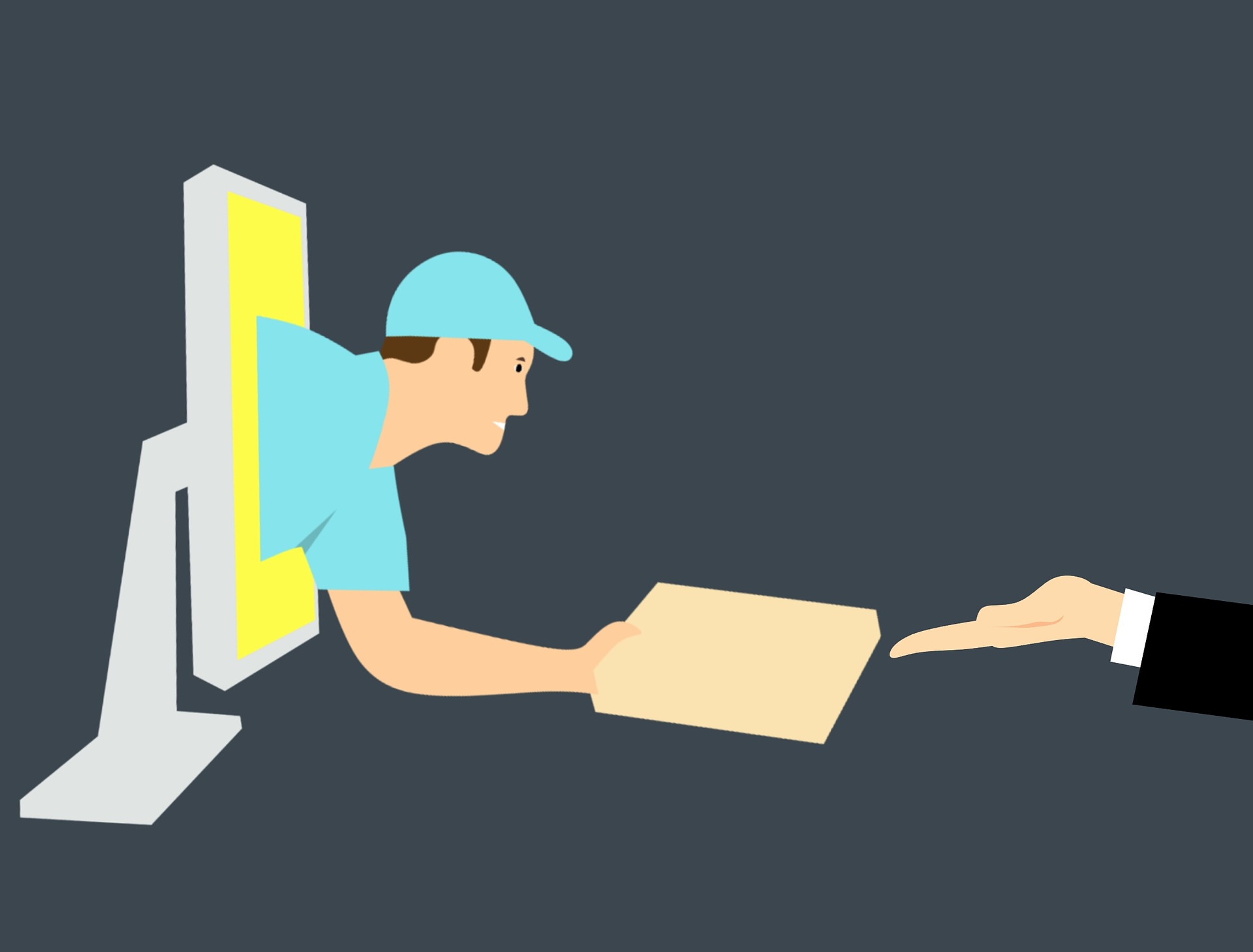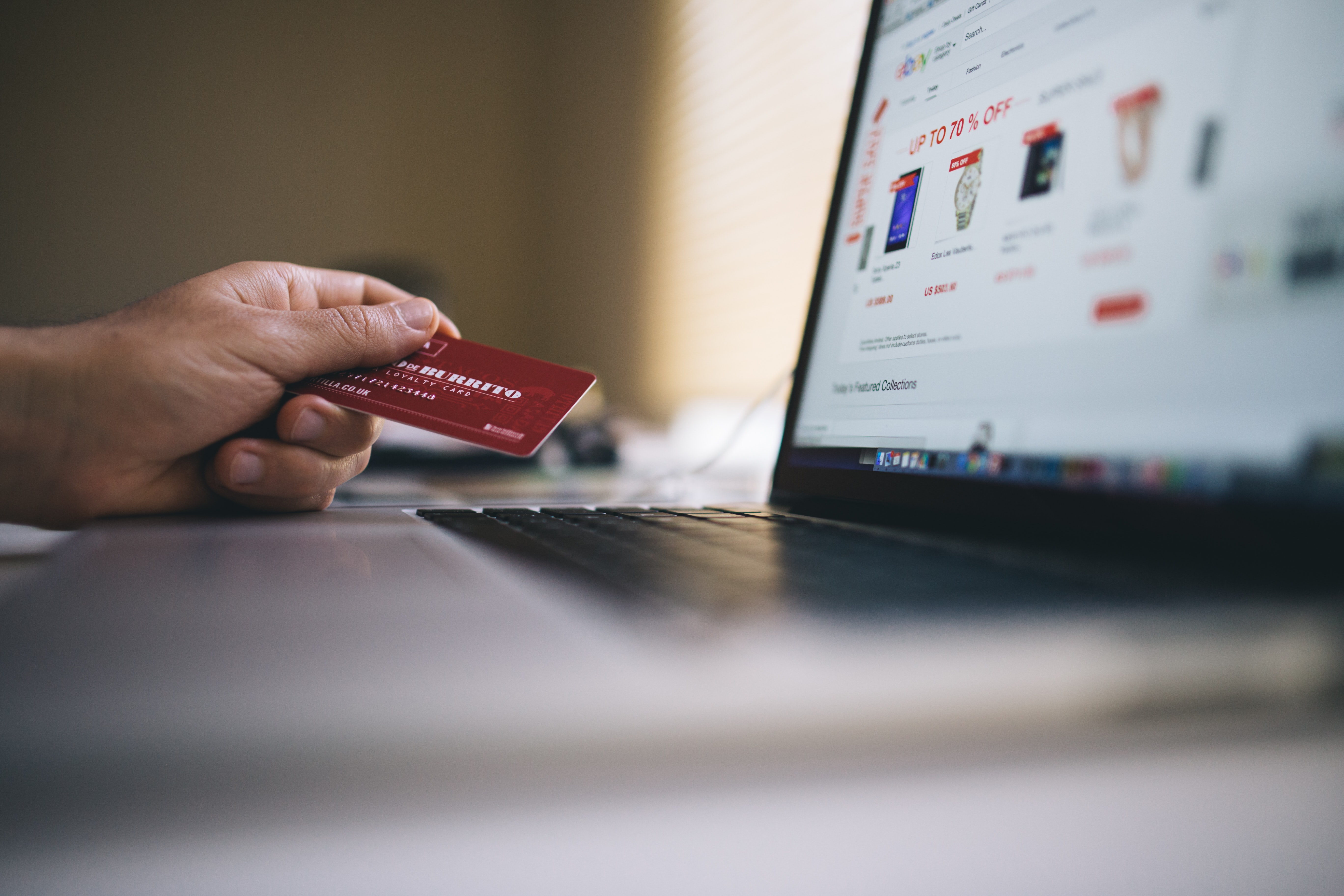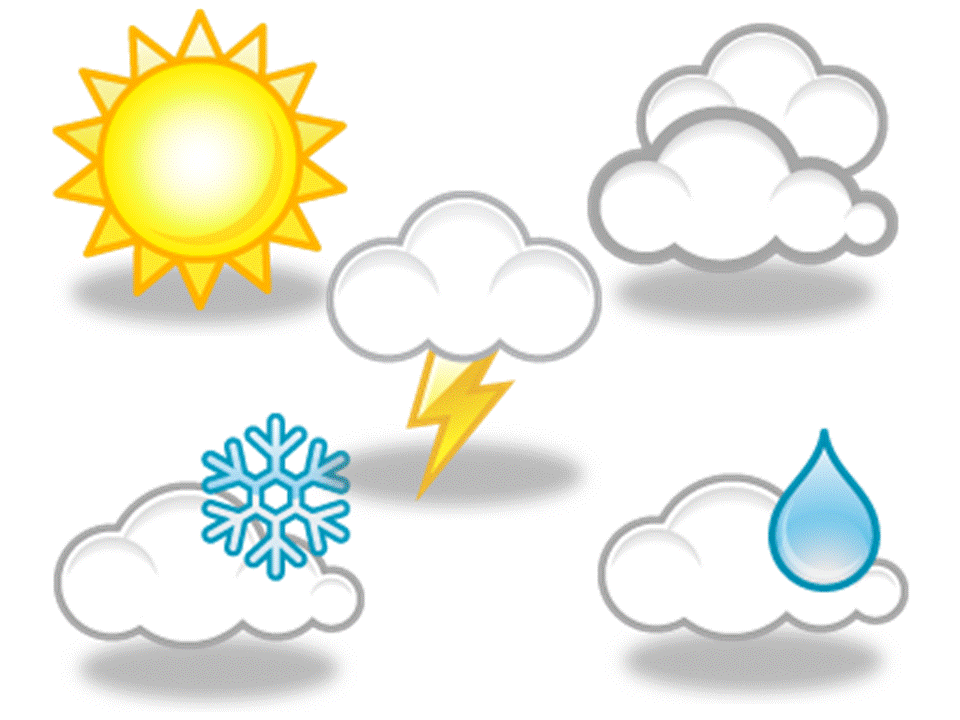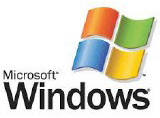Goldman Sachs as much as two-thirds of the tariffs are baked into prices
-
Goldman Sachs economists now estimate that U.S. consumers will absorb as much as two-thirds of tariff costs by October, up sharply from a 22 percent share in June.
-
The shift comes as firms that initially ate most of the burden begin passing costs along through higher retail prices, particularly in sectors like appliances and electronics.
-
Goldman warns that the tariff-induced price increases could push core Personal Consumption Expenditures inflation to around 3.2 percent by years end well above the Federal Reserves 2 percent target.
In a new analysis, Goldman Sachs is sounding the alarm: the cost of U.S. import tariffs is moving off the balance sheets of companies and increasingly onto everyday households. What once was a shock absorbed by firms is now becoming embedded in the sticker price of consumer goods.
As of June, Goldman estimates that U.S. businesses absorbed roughly 64% of the tariff costs, consumers about 22%, and foreign exporters the remaining 14%. But the firm projects that dynamic began to invert this month: about 67% of costs could land on consumers, while businesses share shrinks to under 10% and exporters share rises modestly.
Goldmans economists base their estimates on historical tariff pass-through patterns and the assumption that firms gradually adjust pricing rather than absorbing higher costs indefinitely. In effect, many companies are acting as buffers in the early phase of tariff implementation compressing margins or internal cost lines but expect to recoup those losses by raising consumer prices later.
Inflation risks
The implications of this shift are significant for inflation and monetary policy. Goldman forecasts core PCE inflation (the Feds preferred gauge) rising to about 3.2 percent year-over-year by December a full point above what its economists estimate in the absence of new tariffs. A portion of that around 0.7 percentage point may be directly attributable to tariff pass-through.
That in turn complicates the Federal Reserves path: while some factions argue tariffs are a one-off shock, Goldmans view suggests sustained inflationary pressure that may constrain rate cuts or force continued vigilance.
The findings run counter to messaging from the White House that foreign exporters would bear the tariff cost, a claim repeated vigorously as a defense of the trade policy. The White House maintains that while there might be adjustment pain, the burden will be ultimately paid abroad.
Some companies have already started raising prices especially for goods heavily reliant on imported components, such as electronics and appliances. That suggests the pass-through is not only a theoretical projection but already underway.
What it means for households
For consumers, especially lower- and middle-income households, the tariff tax is less transparent but very real baked into higher prices for everyday goods from refrigerators to smartphones.
And with inflation already tightening household budgets, the extra burden could squeeze discretionary spending, reduce real incomes, and amplify economic unease.
If the trend continues, the consumer-facing cost of tariffs may become a central battleground in debates over trade policy, fiscal stimulus, and the Feds inflation mandates.
Posted: 2025-10-15 11:47:13
